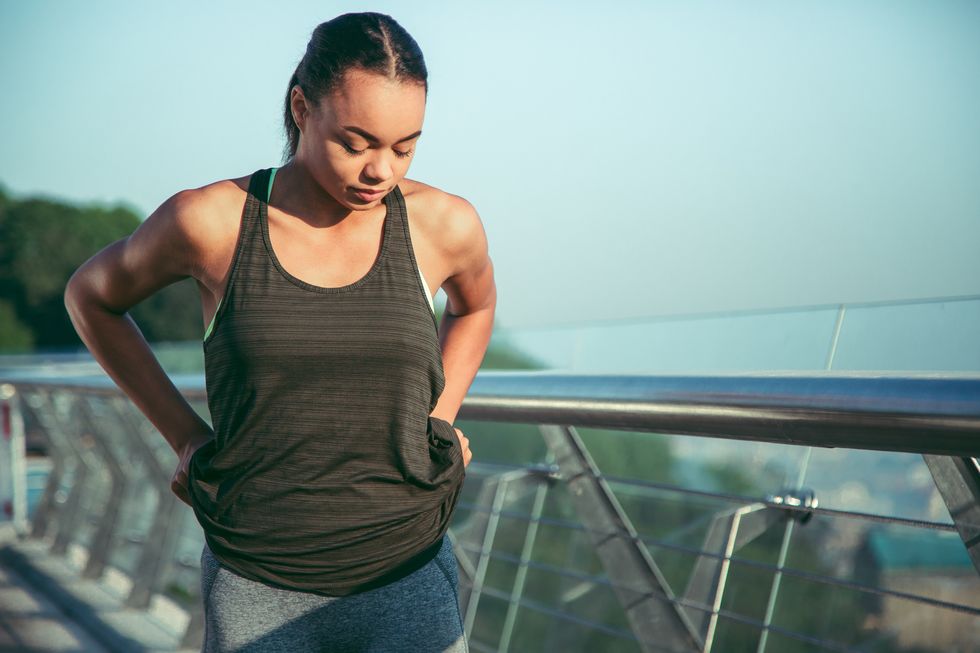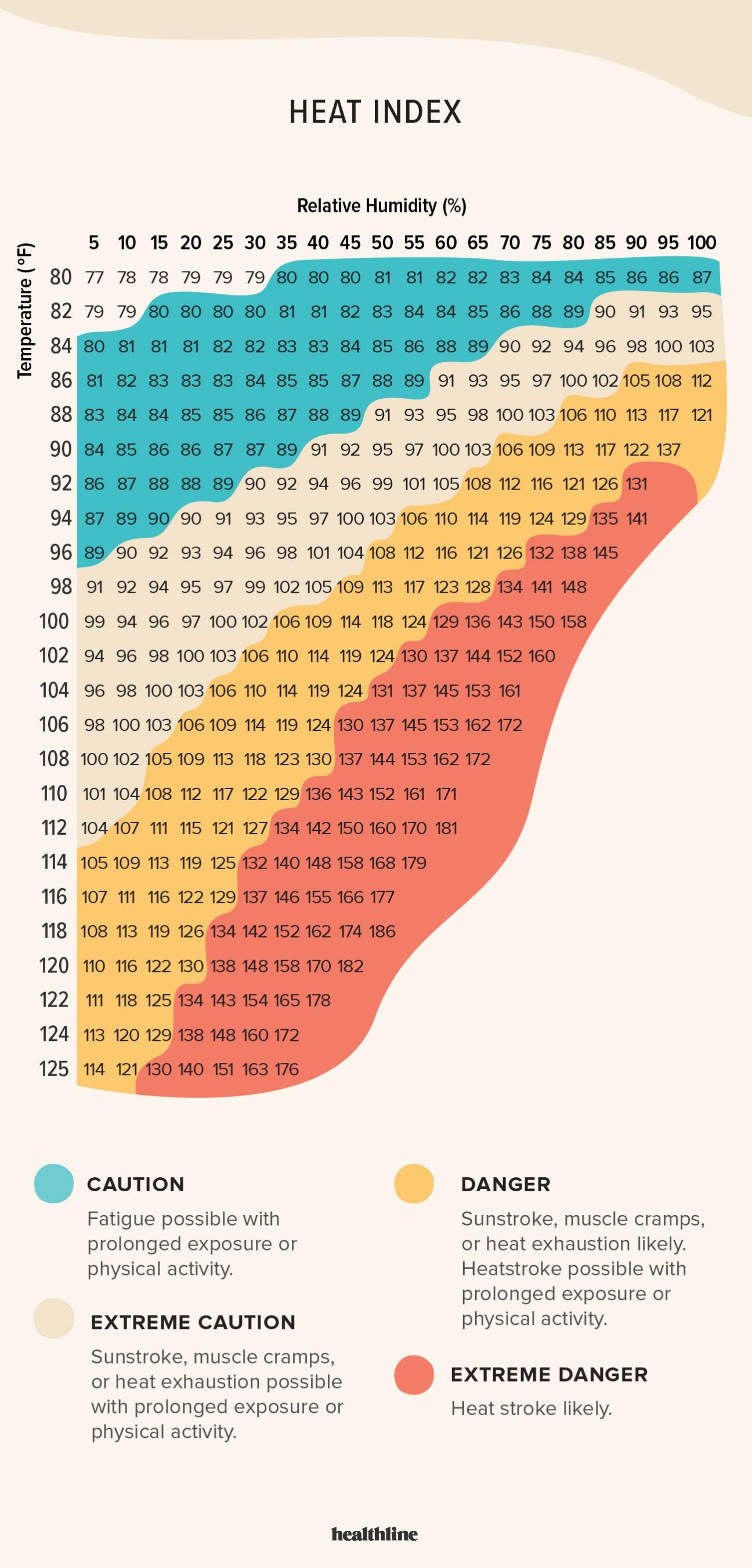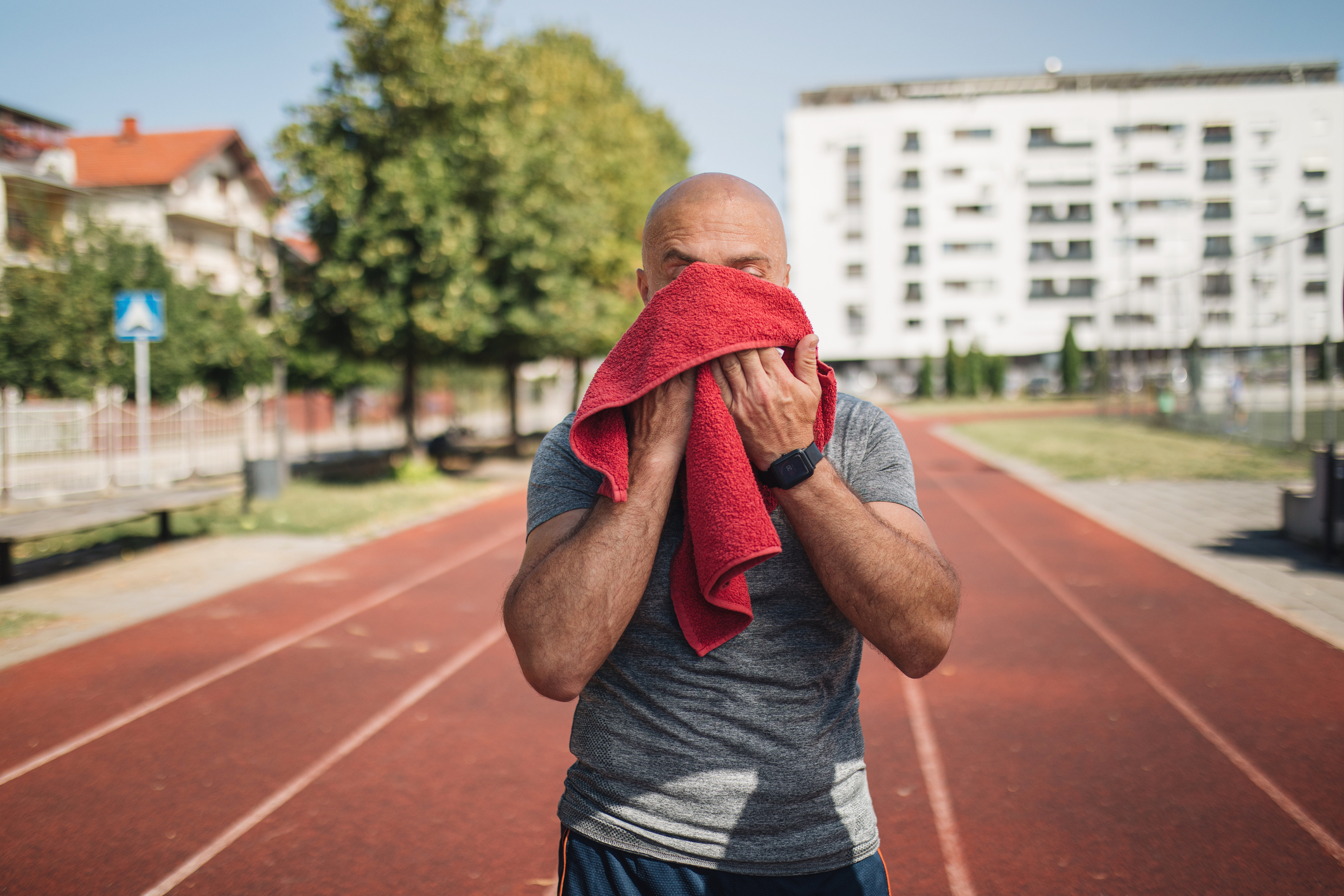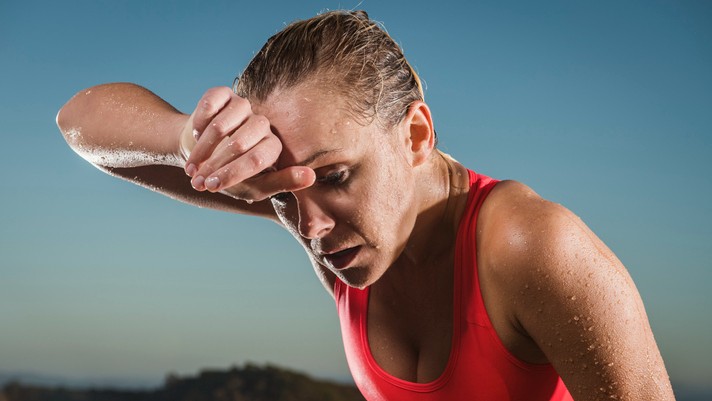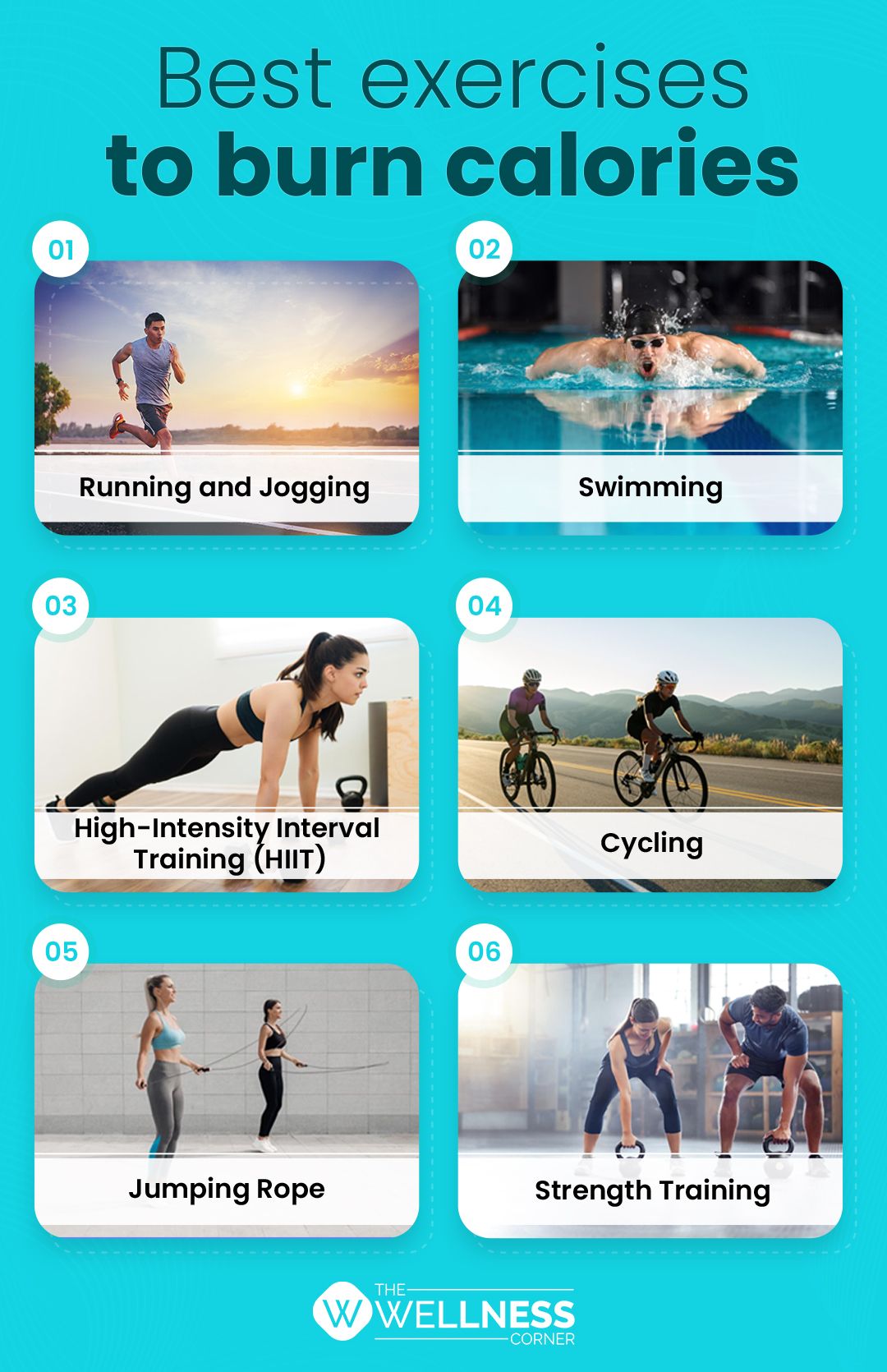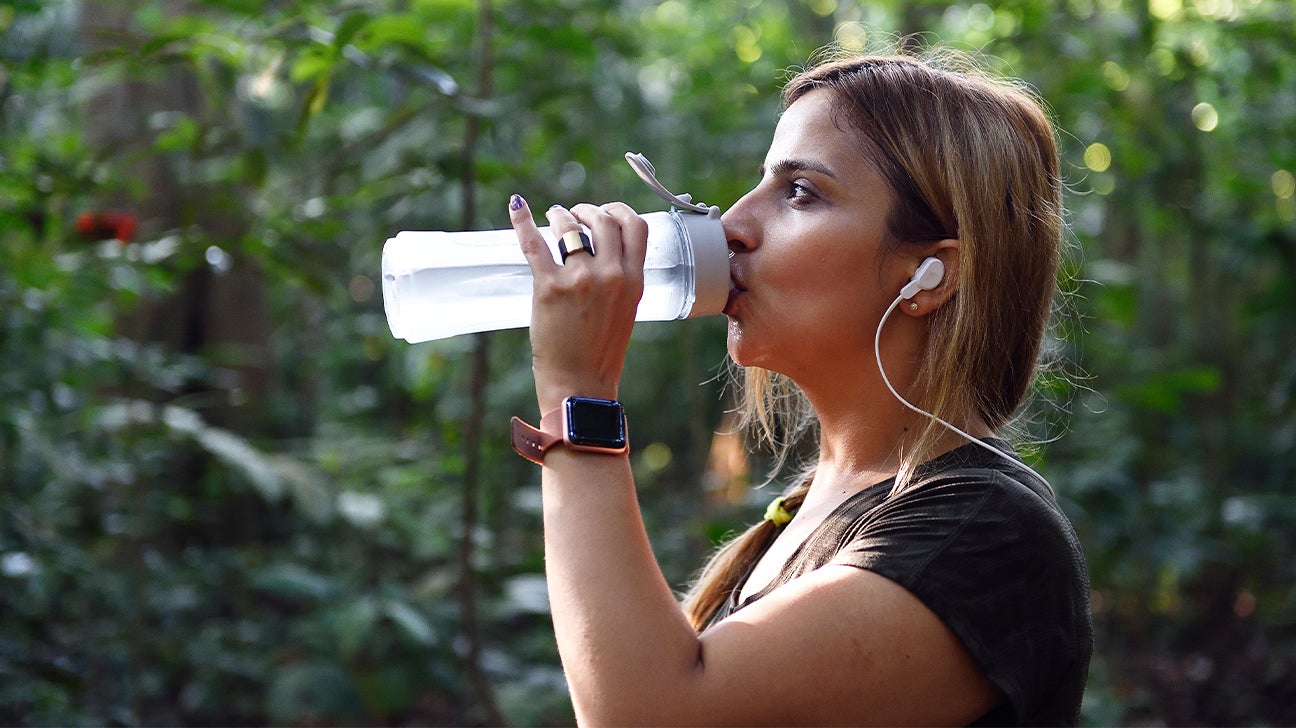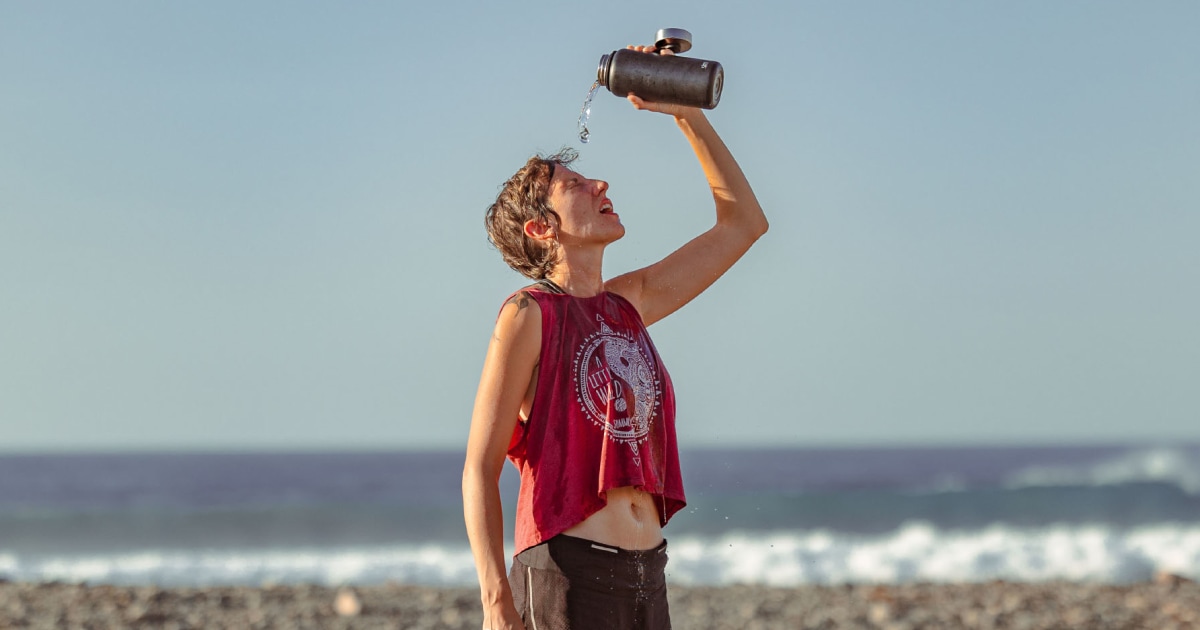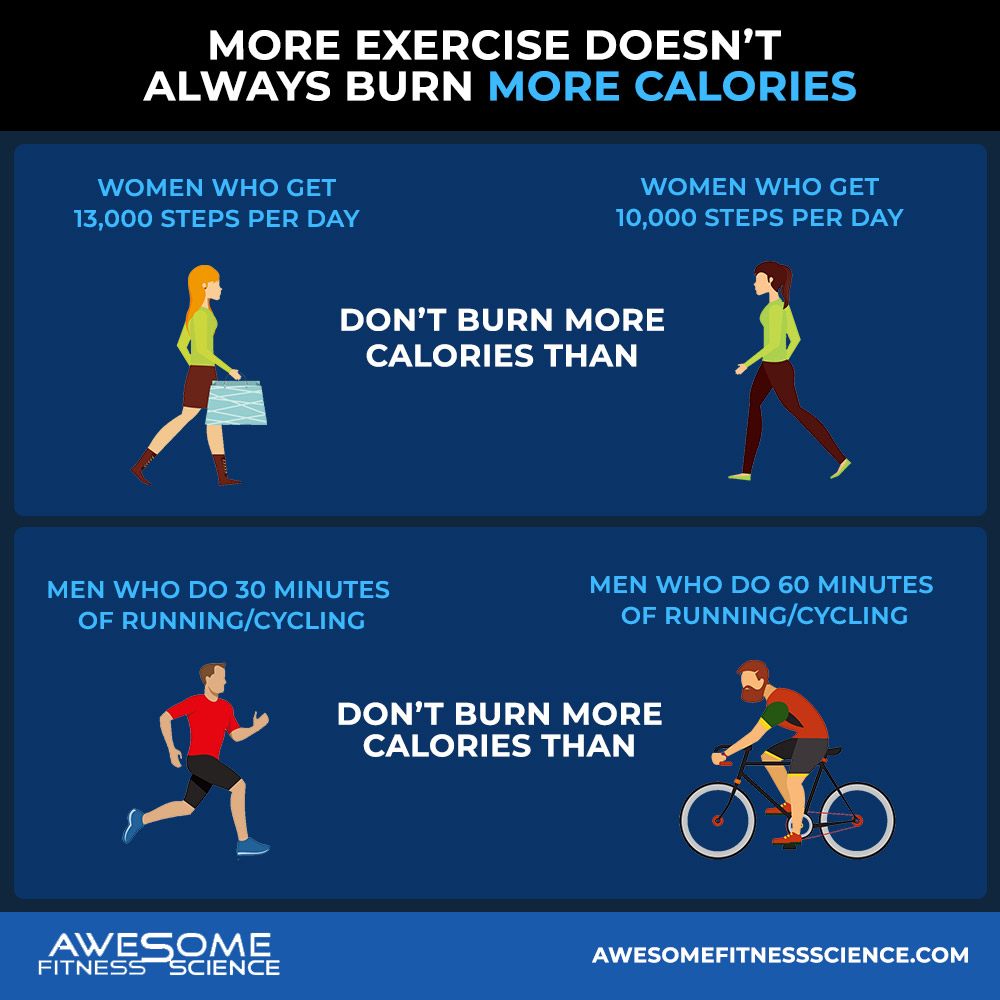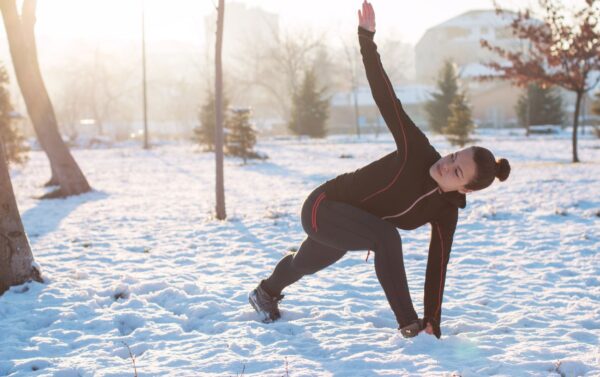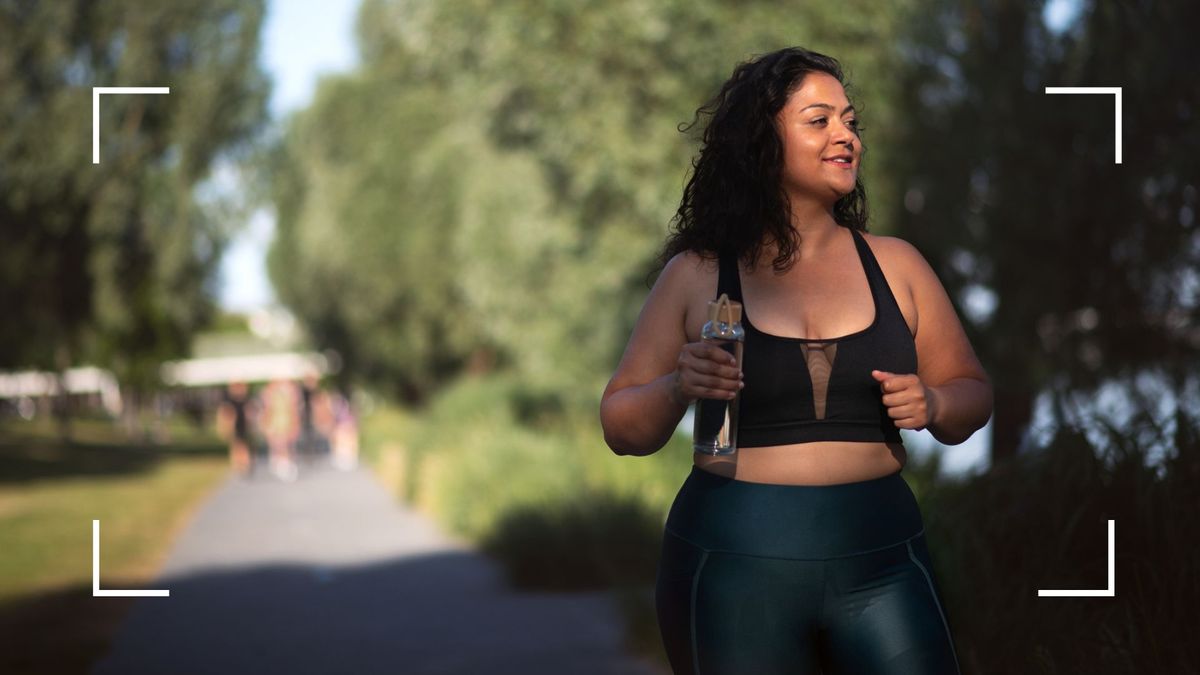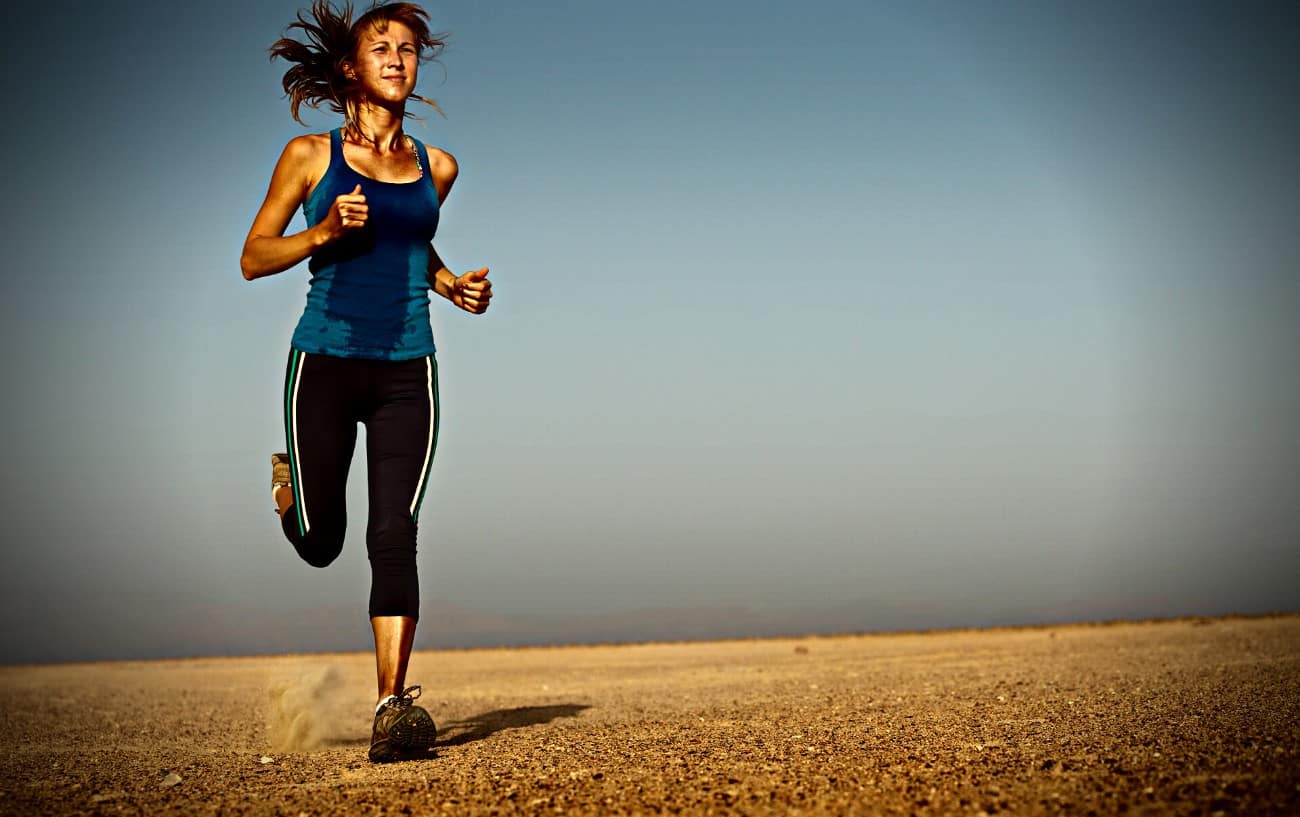Do You Burn More Calories Exercising In The Heat
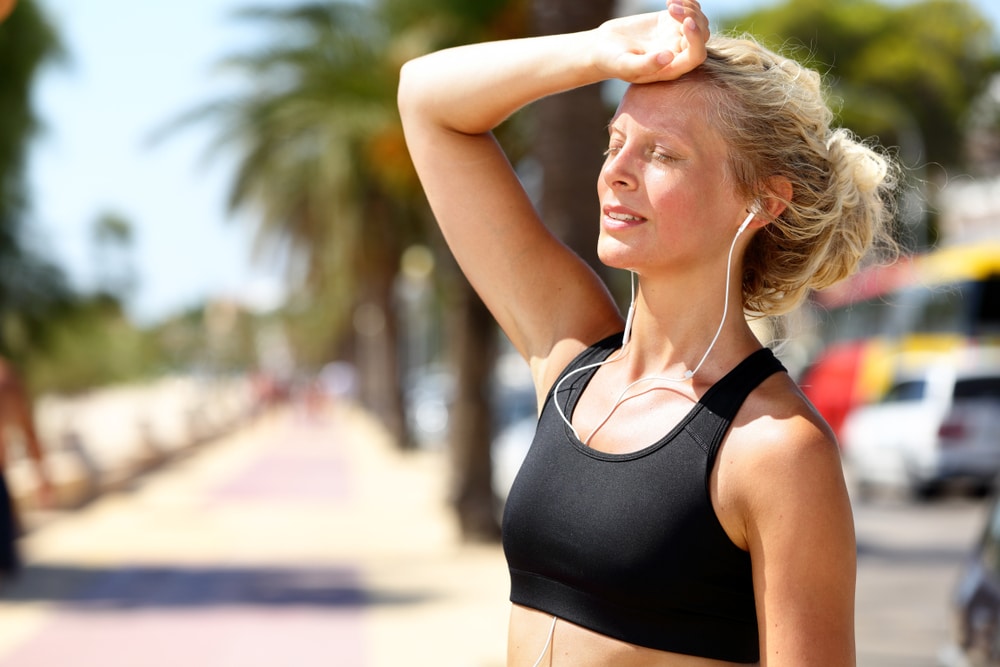
As summer temperatures soar, many exercisers wonder if their sweat-drenched workouts are burning more calories than usual. The idea that heat intensifies calorie burn is a common one, but the reality is more nuanced and depends on various factors.
This article delves into the science behind exercise in the heat, examining whether elevated temperatures truly lead to increased calorie expenditure and exploring the potential risks and benefits involved.
The Claim: Does Heat Increase Calorie Burn?
The core question revolves around whether the body expends more energy to regulate its internal temperature in hot environments, thus leading to a higher calorie burn during exercise. Several physiological processes are at play when the body is exposed to heat.
These processes include increased sweating, elevated heart rate, and changes in blood flow, all of which require energy. Whether this energy expenditure translates to a significant increase in overall calorie burn is a subject of ongoing research.
The Science Behind Thermoregulation
The human body strives to maintain a core temperature of approximately 98.6°F (37°C). When exercising in the heat, the body works harder to dissipate heat and prevent overheating.
Sweating is a primary mechanism for cooling. As sweat evaporates from the skin, it removes heat. Increased heart rate helps to circulate blood to the skin's surface, facilitating heat transfer.
These thermoregulatory processes undoubtedly require energy, but the amount of extra calories burned is often less than people anticipate. Studies suggest a modest increase, not a dramatic one.
Research Findings and Expert Opinions
Research on the impact of heat on calorie expenditure during exercise presents a mixed picture. Some studies indicate a slight increase in calorie burn, while others find no significant difference compared to exercising in cooler conditions.
A study published in the Journal of Applied Physiology found that participants burned a few more calories when exercising in the heat, but the difference was not substantial enough to be a major factor in weight loss. The difference can be attributed to individual fitness levels, acclimatization to heat, and intensity of the workout.
According to Dr. Emily Carter, a sports medicine physician, "While exercising in the heat can lead to a slightly higher calorie burn, it's crucial to prioritize safety. The risks of heat exhaustion and heatstroke far outweigh any marginal benefit in calorie expenditure."
The Importance of Acclimatization
Acclimatization plays a crucial role in how the body responds to exercise in the heat. Individuals who are not accustomed to hot weather will experience a greater physiological strain and may burn more calories initially as their bodies struggle to regulate temperature.
However, with repeated exposure to heat, the body adapts, becoming more efficient at cooling itself. This adaptation reduces the strain on the cardiovascular system and decreases the potential for increased calorie burn.
Acclimatization typically takes several weeks of consistent exposure to heat, gradually increasing the duration and intensity of exercise.
Potential Risks of Exercising in the Heat
While the idea of burning more calories might be appealing, exercising in the heat poses significant risks. Heat exhaustion and heatstroke are serious conditions that can occur when the body's cooling mechanisms fail.
Symptoms of heat exhaustion include heavy sweating, weakness, dizziness, headache, nausea, and muscle cramps. Heatstroke is a more severe condition characterized by a high body temperature (104°F or higher), confusion, disorientation, seizures, and loss of consciousness. It requires immediate medical attention.
Preventive measures include staying hydrated, wearing lightweight and breathable clothing, exercising during cooler parts of the day, and gradually increasing the intensity and duration of workouts. Listen to your body and stop if you experience any symptoms of overheating.
Staying Safe: Hydration and Precautions
Hydration is essential when exercising in the heat. Drink plenty of water before, during, and after workouts. Electrolyte drinks can also help to replenish minerals lost through sweat.
Avoid exercising during the hottest hours of the day, typically between 10 a.m. and 4 p.m. Choose shaded areas or indoor facilities when possible. Wear light-colored, loose-fitting clothing to allow for better airflow.
Pay attention to your body's signals. If you feel dizzy, nauseous, or weak, stop exercising immediately and seek medical attention if needed. Knowing your limits is crucial.
Conclusion: Balancing Benefits and Risks
While there might be a slight increase in calorie burn when exercising in the heat, the difference is often minimal and should not be the primary motivation. The potential risks of heat-related illnesses outweigh any marginal benefit in calorie expenditure.
Focus on exercising safely by staying hydrated, wearing appropriate clothing, and avoiding strenuous activity during the hottest parts of the day. Consult with a healthcare professional or certified trainer for personalized advice on exercising in the heat.
Ultimately, a consistent and balanced exercise routine, combined with a healthy diet, is the most effective approach to achieving fitness goals, regardless of the temperature outside. Exercise because it makes you feel good, not just because you might burn a few extra calories.

